Useful tips: how to grow a persimmon from a stone
Persimmon is a delicious, sweet fruit that appears on sale on New Year's Eve. Lovers of juicy berries always think about whether it is possible to grow a delicacy at home or on a garden plot. Can! Persimmon will take root in almost any soil mixture and under rather harsh climatic conditions.
However, growing a plant in regions that are too cold will be problematic, if only in a winter garden or greenhouse. We will understand the growing conditions of a tree, choose the right site for it and learn how to care for an unpretentious plant.
Content:
- Description of the tree
- Useful properties of berries
- Preparation of the seed, soil and planting rules
- Seedling care and transplanting outdoors
- Young tree care
- Do I need to plant persimmon
Description of the tree
Features of the structure of persimmon:
- Persimmon, another name - "food of the gods", belongs to the Ebony family, forms a tree reaching a height of 12 m.
- The skeleton of a plant is formed in the first year of life and consists of several vertical trunks - the main and lateral ones.
- Persimmon leaves are dark green, oval.
- The branches are flowing, rather fragile.
- The fruits are berries - juicy, sweet, fleshy, orange or red, depending on the variety.
- The plant blooms with small inconspicuous inflorescences.
- Both female and male flowers can be present on the same tree. There are species that have only female or only male inflorescences.
- Trees are pollinated by bees, or they do not require pollination at all - parthenocarpic species.
Persimmon has more than 300 species scattered around the world. The plant grows mainly in China, Africa, Australia, Japan, Dagestan, Azerbaijan, Crimea and America. Loves tropical latitudes. The unpretentiousness of the culture was used by breeders and bred varieties that are grown in the northern regions. The ebony tree lives for a very long time - up to 500 years.
Persimmon has a decorative appearance and will decorate the garden area.
In late autumn, the foliage takes on a reddish, fiery hue. Fallen leaves - it doesn't matter, bright orange fruits remain on the tree, it looks spectacular against the background of just fallen snow. In addition to its taste, the berry has a number of useful properties.
Useful properties of berries
The fruits of the ebony tree have many beneficial properties. Their chemical composition makes up for the lack of vitamins in the human body. The fruits are used both in dried and fresh form when:
- Stomach ulcer
- Liver and kidney ailments
- Assign 100 g of pulp to people with cardiovascular diseases
- With anemia
- Avitaminosis
- Tsinge
These are the main diseases for which doctors recommend the use of persimmon berries. In addition to healing properties, it has a positive effect on the epidermis - it narrows pores, heals wounds, and relieves acne. In cosmetology, not only berries are used, but also ebony bark extracts. Its use is also seen in perfumery.
In some countries, persimmon trunks are used in construction, as this wood resists moisture and the appearance of parasites well.The useful properties of the plant are appreciated all over the world, every part of it is used for the benefit of mankind. It is not difficult to grow a valuable tree in your garden. The main thing is to provide a good place and follow the rules. landing.
Preparation of the seed, soil and planting rules
Persimmon is an unpretentious plant, but it requires the creation of conditions for growth and development. Find a sunny area protected from cold winds. The fact is that the branches are very fragile. Therefore, it is important to protect the tree from the winds. The best option would be a place near the fence or wall of the house on the sunny side. If you want to grow persimmons at home, choose rooms in the east or west. Sunshine, diffused light is the main condition.
For reproduction, either a ready-made seedling is purchased in a specialized center, or ripe berries. Seed material is taken from them - bones. Experienced gardeners recommend growing persimmons from seed, so the tree will be less susceptible to disease. FROM
rock planting seeds or seedlings - February, March.
Sowing requires fresh the seedsfreshly pulled from the berry. If they are stored for a long time, even according to all the rules, the germination rate will drop sharply. Fresh seeds almost always sprout. Seed preparation is reduced to soaking. Rinse the seeds and place them in a damp cloth. In a few days they will hatch. It is undesirable to dress the seeds, they will give healthy shoots anyway. Persimmon does not require any additional manipulations with either seeds or sprouts. She is unpretentious and naturally resistant to many diseases and the troubles inherent in seedlings.
Once the seeds have hatched, you can plant them in a container with prepared soil mixture.
Many people advise preparing a special mixture for persimmons from peat, sand and loamy soil. However, experience shows that the tree will grow on ordinary garden soil with the addition of humus. The main condition is unsalted soil with good drainage. That is, you can safely plant it in the soil that is on the site. Excessive saturation with humus is undesirable. The plant does not tolerate feeding well and a lot of organic matter. In a word - unpretentious.
Landing rules:
- We spread a layer of drainage from expanded clay or broken brick into the container, add garden soil diluted with humus. The ratio of three parts of the earth to one part of humus. The substrate should be warm and light.
- We deepen the bones by 1-2 cm.
- We cover the container with foil and wait for the shoots.
- Indoor air temperature - 20 ° -22 °.
The seeds can be planted in boxes for seedlings or in separate cups. The distance between seeds in a common container is 5-7 cm. Planting is carried out in moist soil, but not wet. There should be no porridge, otherwise the sprouted sprouts will rot. Having planted the bones, you should follow the basic rules. leaving for seedlings.
Seedling care rules and transplanting into open ground
The container must be placed in a warm place, it can be next to the radiator. The soil is moistened as the top layer dries. The film is periodically removed for ventilation. The emerging sprout develops together with the bone at the "crown". If it does not fall for a long time, it must be carefully removed. Otherwise, the sprout will not grow normally. The film is removed when shoots appear. The container is removed from the battery if it has been placed there.
When the plant has thrown two leaves, carry out pickif the seeds were planted in a common seedling box.
Weak seedlings are removed. The soil is moistened during the growth period, but moderately. Too dry or waterlogged substrate - the sure death of delicate persimmon sprouts. Do not expose the plant to direct sunlight.
In open ground seedlings planted in May. To do this, you need to prepare the ground and place. The latter has already been discussed, so it is worth considering the transplant process itself.
Transfer:
- For transplants grown seedlings prepare pits at a certain distance from each other.
- The size of the depressions will be 60x60 cm, the distance between the seedlings is 1-2 m. If the size of the plot allows, increase the distance between the seedlings to 5-7 m. Persimmons like large spaces.
- Place the seedling gently into the hole and begin dusting the plant with soil. Do not actively tamp the soil, lightly crush it with your hand so as not to damage the root system. The main thing is not to deepen the root collar, it should be at ground level.
- If the soil has fallen after planting, add earth, humus or compostleveling the landing.
If, when choosing a place, the condition of protection from the wind was not met, young plants should be covered from the windy side, otherwise they will break.
Young tree care
The plant requires special attention only in the first days of life. Monitor the moisture in the soil and air. Nothing threatens a plant like drought. However, do not arrange swampiness both in the flowerpot and in the open field. In the conditions of the apartment, sprinkle periodically - once a month.
TO feeding persimmon is skeptical:
- She can be pampered mineral fertilizers with nitrogen compounds at the beginning of the growing season - in the spring.
- Organic to make dosed, a little - once every two months, minerals - twice a month and this is the maximum.
- Since July, phosphorus-potassium complexes are introduced in 2 times less than indicated on the package.
When the plant grows 10 cm, it is pinched for the development of lateral shoots, which, as they grow, also pinch. Regular watering and infrequent feeding is carried out in the first 3 years of the tree's life. Further, the plant gets by with natural precipitation, fertilizer is applied once a year, in spring.
If the persimmon grows at home, then it must be transplanted as it grows root system... This is done almost every six months, the persimmon is developing rapidly. An adult tree is transplanted once every 2-3 years as needed.
Do I need to plant persimmon
For good fruiting, agronomists recommend inoculate plant. The graft is taken from a fruiting tree, usually a Caucasian persimmon, and grafted onto a young tree according to all the rules of the procedure. So the tree will begin to produce yields already for 2-3 years of life, the berries will be juicy and large. You should also regularly produce pruning trees. Branches that have grown by more than 30 cm are shortened.
Caring for the tree is simple, since it is very unpretentious and does not require much effort from the gardener. Of pests the most dangerous is the May beetle.
Diseases and other parasites do not threaten persimmon, especially if it is grown from a stone.
Growing persimmons is fun. It is possible to get fruits at home, the main thing is to be patient - the tree begins to bear fruit in 3-4 years. Until that happens, you can enjoy the ornamental look of the plant and marvel at the growth rate with a minimum of care.
More information can be found in the video:



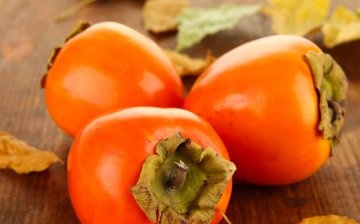
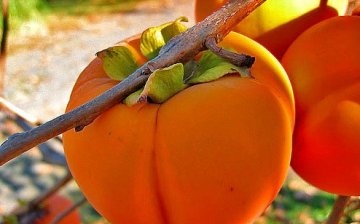
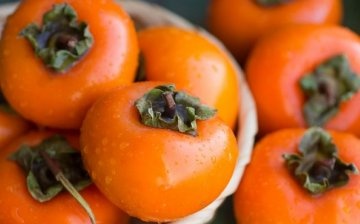
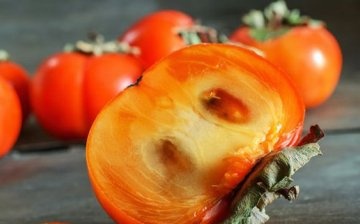
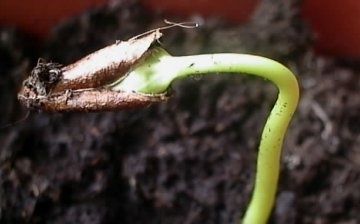
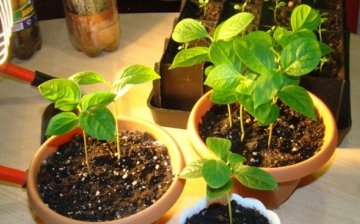
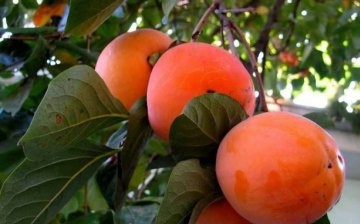









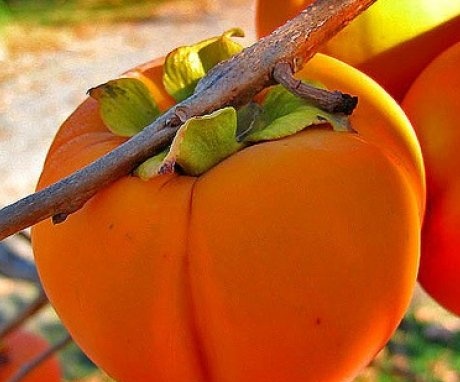

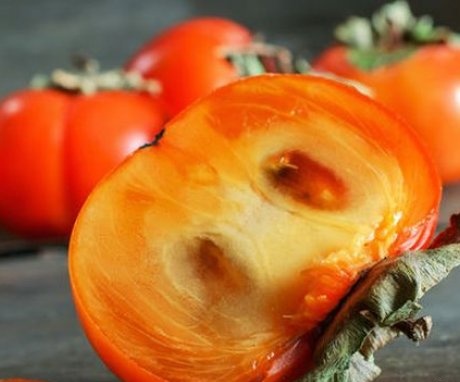
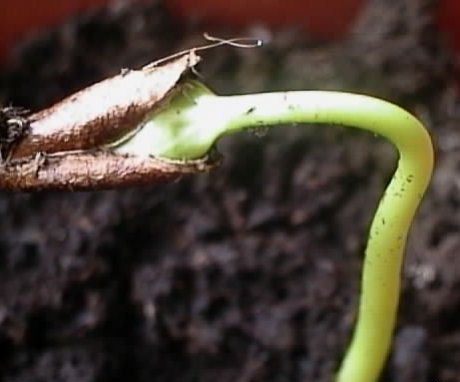
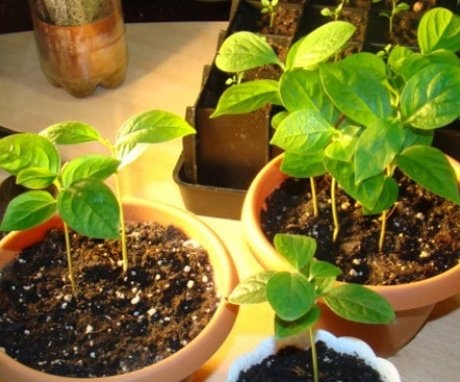


Still, persimmon, it is better to plant in a room, or in a winter garden, since on the site, it can freeze out in winter. Even if the tree does not bear fruit, then they can decorate the interior of the room.
I would like to grow a persimmon, but I’m unlikely to find a scion for it. Without a scion, there will be no fruit at all? This is how the wild will turn out? At the dacha, of course, he will die, we have not the same conditions, but at home it’s the very thing.